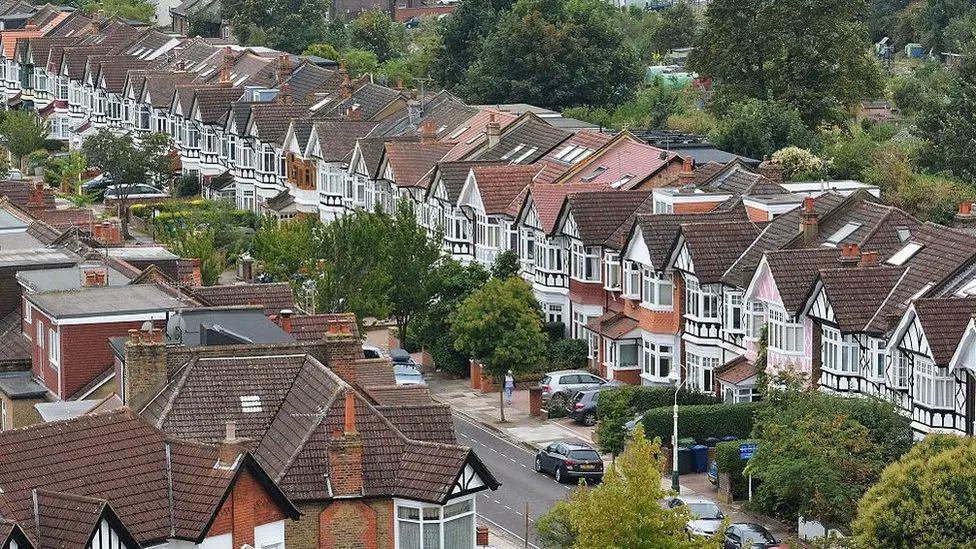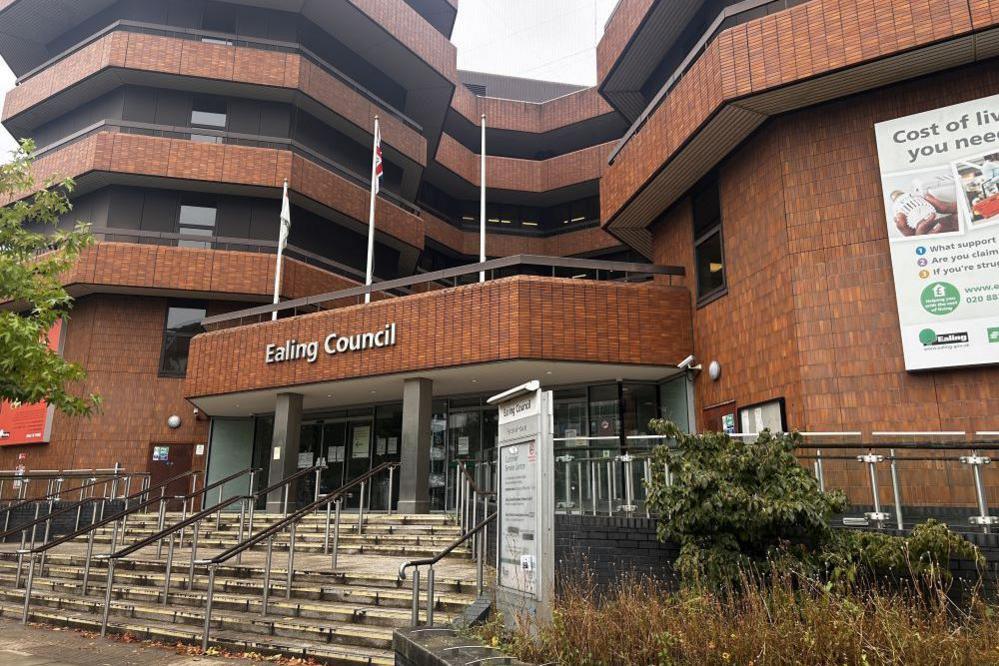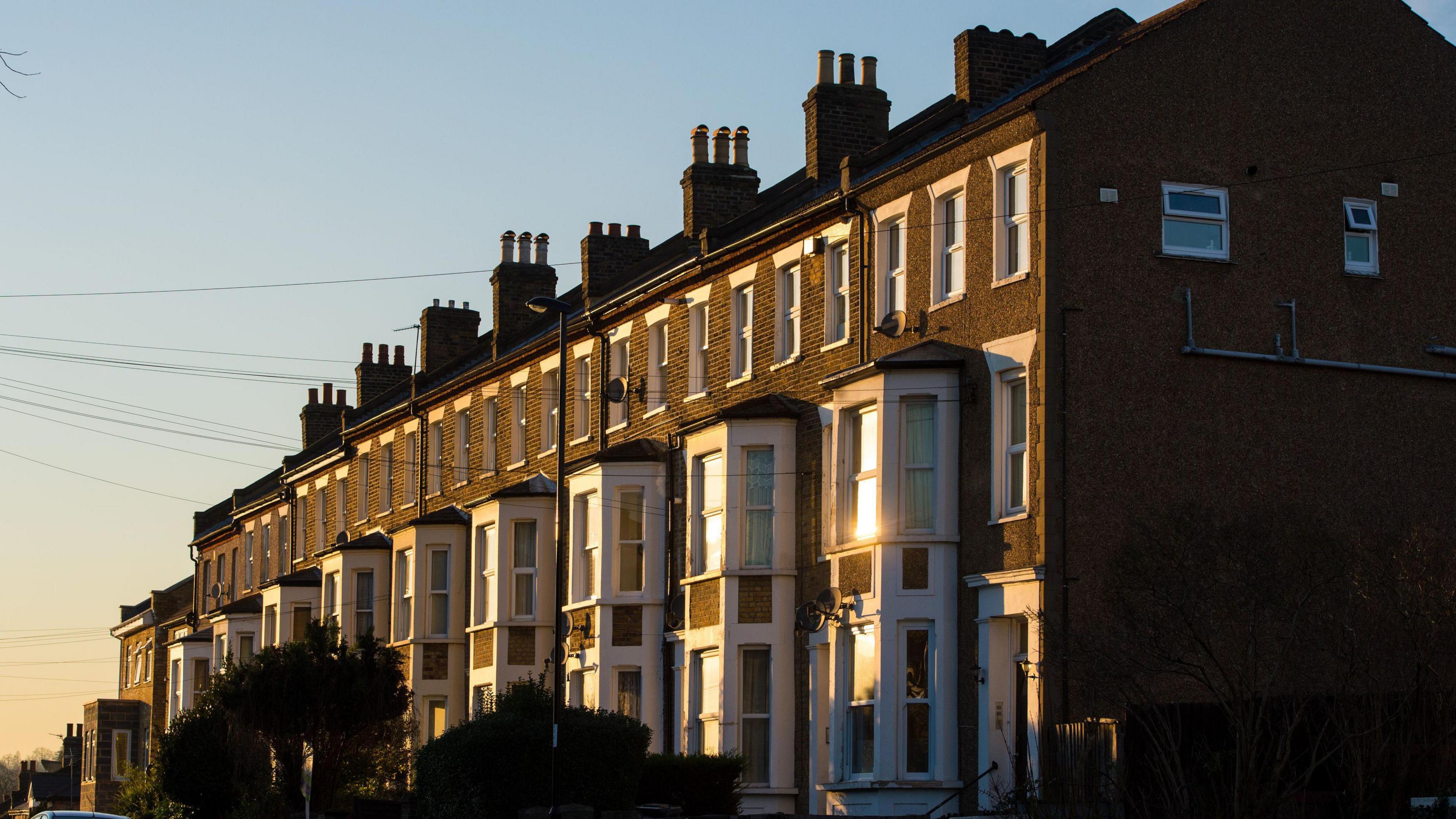Ealing tenants experience steepest rise in rent

The average London renter spends nearly 38% of their income on rent, according to the data
- Published
Private tenants in Ealing have faced the largest rent increases in London over the past five years, new figures suggest.
The rental index report by HomeLet suggested rents in the borough rose by about 52.5% between December 2019 and December 2024.
The average rent in Ealing is now £2,089 per calendar month, according to the analysis.
This was just above the London average of £2,071, and significantly more than the UK average of £1,284.
During 2024 alone, private rents in Ealing rose by 9.3%, the fourth-highest in London.
The data also suggested Londoners spent the highest proportion of their income on rent of any region in the UK at 37.9%, with the average being 32.6% - indicating the higher wages paid in the capital did not counter the increase in rent.
In response, Ealing Council said very few properties are affordable to residents, and warned that those on low-to-average incomes were being priced out.
Ealing has 7,500 applications on its housing register, with 200 to 250 new applications each month.
Many applicants have been placed hundreds of miles away from London by the council, with one family placed in Newcastle in March 2024.

Ealing Council said improved transport links via the Elizabeth line were one of the factors in the rise
A spokesperson for Ealing Council attributed the steep increase to factors including a lack of supply as landlords leave the market.
"Ealing-specific factors" included an more new purpose-built private sector homes and improved transport connections.
The Elizabeth line opened in 2022 with two stations serving Ealing, and is now the busiest railway service in the UK.
The council said it cannot control private market rents, but uses regulatory powers to ensure good quality homes and tries to prevent the conversion of homes into houses of multiple occupation (HMOs).

Ealing Council warn that all but the wealthiest residents risk being priced out
The leader of the Liberal Democrat opposition on Ealing Council, Gary Malcolm, blamed the Labour-run administration for being "too soft on developers".
He said the council "allowed developers to rule the roost" and that developers often build large buildings, with too few truly affordable homes.
Listen to the best of BBC Radio London on Sounds and follow BBC London on Facebook, external, X, external and Instagram, external. Send your story ideas to hello.bbclondon@bbc.co.uk, external
- Published22 July

- Published2 July

- Published4 February
